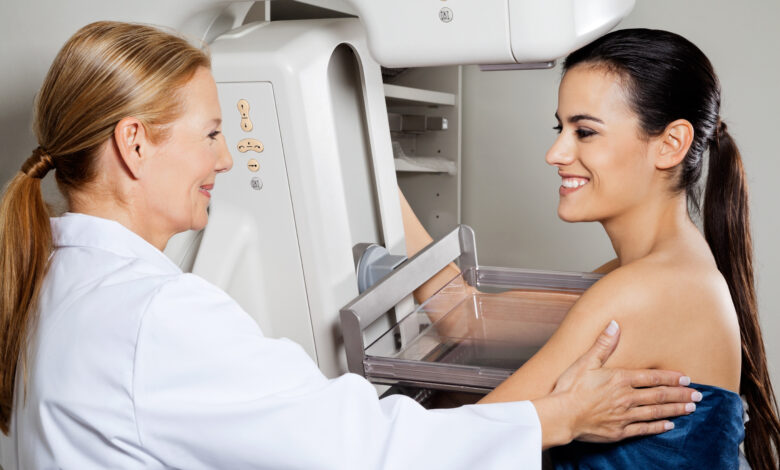BREAST CANCER: USPSTF STATEMENT FOR PRIMARY CARE

USPSTF Recommendations for Primary Care Doctors
MORE BREAST CANCER ADVICE: Last year, the U.S. Preventive Services Task Force (USPSTF) published “two recommendation statements related to breast cancer: the BRCA-related cancer risk assessment …. and the use of preventive medication to reduce breast cancer risk.” My focus in this blog is the latter-mentioned use of preventive medication. Three drugs have been studied for use in chemoprevention, ie drug therapy that lowers one’s risk of developing breast cancer. Tamoxifen, Evista, and aromatase inhibitors (Femara, Aromasin, Arimidex) are prescribed for women who fall into the high risk group based on a breast cancer risk assessment tool called the Gail model.
The Gail model was devised in 1989 by Dr. Mitchel Gail, a cancer researcher and biostatistician from Johns Hopkins, who sought a method to determine the 5-year and lifetime risk of breast cancer in women who had never been diagnosed with the disease. Gail used a formula that input a woman’s personal information to reach a risk status conclusion. Age, race, personal and reproductive history, history of breast biopsy, and the history of breast cancer in a 1st degree relative such as mother, sister, or daughter, were all pertinent criteria. From this, a calculation of percent risk of developing breast cancer in 5 years and over one’s lifetime is available to justify the decision for chemoprevention.
The Gail Model has been updated a couple of times since its inception, and it was these modifications that formed the basis for the FDA to develop guidelines for the use of Tamoxifen for breast cancer prevention. Tamoxifen, trade name Nolvadex, is also used in early stage breast cancers, which are classed as “hormone-receptor-positive,” after surgery to reduce the risk of the cancer coming back. At the time of biopsy or surgery, the pathologist determines if the cancer is hormone-receptor-positive or negative. Cancers that are receptor-positive are those whose growth is promoted by estrogen. Tamoxifen is an estrogen-receptor-modulator which means it changes the receptors and blocks the effects of naturally produced estrogen, and thus decreases breast cancer risk.
For women who have never had breast cancer, risk assessments such as this have identified those women whose risk is such that chemoprevention therapy is warranted, but Tamoxifen is effective only for receptor-positive breast cancer. Of course, this information is not known in women who have never been diagnosed with breast cancer, but the USPSTF recommends that physicians offer the anti hormonal drug therapies, like Tamoxifen, to high risk patients. Chemoprevention “has been shown to reduce the risk of breast cancer by 40%-60%, but has not demonstrated a survival benefit.” It also can “shrink, large hormone-receptor-positive breast cancers before surgery.”
Dr. G’s Opinion: I’m usually skeptical of the USPSTF because they seem to under recommend or discourage a lot of recommendations that allay patients’ anxiety. Having them come out so forcefully in favor of taking a drug to prevent breast cancer to me shows the importance of prevention and early detection and the severe morbidity associated with breast cancer. It does show breast cancer is a serious health problem that affects far too many women. Treating women with drugs shown to reduce their chances of developing breast cancer by such a significant percentage makes very good sense.
Tamoxifen (Nolvadex) is the drug used most often for this purpose. I had a lot of patients who were on it, none of whom suffered adverse effects, and most of whom benefitted from it. In this instance, I think the USPSTF is giving good advice and is doing a service to the public. This drug would be prescribed mostly by breast specialists and very involved women’s health specialists, and much less often by family physicians.
References: Nye L, Integrating Breast Cancer Risk Management into Primary Care Am Fam Phys 2020 a March 15;101(6):330-331.
https://www. mdcalc.com/Gail-model-breast-cancer-risk
https://www.medscape.com/answers/what-is-the-Gail-model-for-breast-cancer-risk-assessment
https://www.breastcancer.org/treatment/hormonal/serms/tamoxifen/




